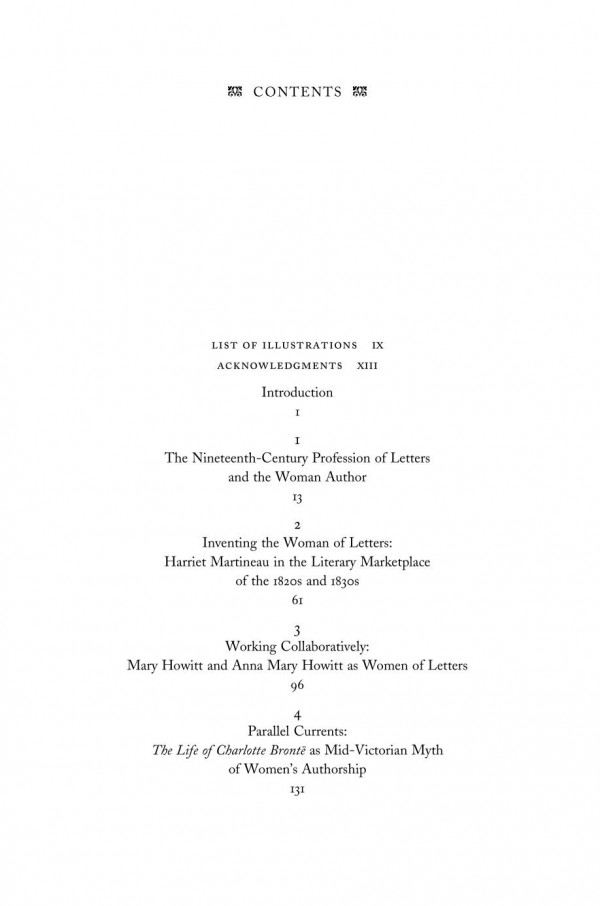

Most ebook files are in PDF format, so you can easily read them using various software such as Foxit Reader or directly on the Google Chrome browser.
Some ebook files are released by publishers in other formats such as .awz, .mobi, .epub, .fb2, etc. You may need to install specific software to read these formats on mobile/PC, such as Calibre.
Please read the tutorial at this link: https://ebookbell.com/faq
We offer FREE conversion to the popular formats you request; however, this may take some time. Therefore, right after payment, please email us, and we will try to provide the service as quickly as possible.
For some exceptional file formats or broken links (if any), please refrain from opening any disputes. Instead, email us first, and we will try to assist within a maximum of 6 hours.
EbookBell Team

4.1
80 reviewsDuring the nineteenth century, women authors for the first time achieved professional status, secure income, and public fame. How did these women enter the literary profession; meet the demands of editors, publishers, booksellers, and reviewers; and achieve distinction as "women of letters"? Becoming a Woman of Letters examines the various ways women writers negotiated the market realities of authorship, and looks at the myths and models women writers constructed to elevate their place in the profession.
Drawing from letters, contracts, and other archival material, Linda Peterson details the careers of various women authors from the Victorian period. Some, like Harriet Martineau, adopted the practices of their male counterparts and wrote for periodicals before producing a best seller; others, like Mary Howitt and Alice Meynell, began in literary partnerships with their husbands and pursued independent careers later in life; and yet others, like Charlotte Brontë, and her successors Charlotte Riddell and Mary Cholmondeley, wrote from obscure parsonages or isolated villages, hoping an acclaimed novel might spark a meteoric rise to fame. Peterson considers these women authors' successes and failures--the critical esteem that led to financial rewards and lasting reputations, as well as the initial successes undermined by publishing trends and pressures.
Exploring the burgeoning print culture and the rise of new genres available to Victorian women authors, this book provides a comprehensive account of the flowering of literary professionalism in the nineteenth century.